Introduction
Sex is not modern, talking about it is, says Hoshang Merchant, writer, poet and professor of poetry and surrealism at Hyderabad University. So, in that sense, I am doing something modern – Hoshang Merchant (Yaarana Gay Writing from South Asia)
At a recent Seminar, I was asked an interesting yet complex and also may be difficult to answer question;-
“Can you think of a hermaphrodite God?”
Gods and Goddesses for that matter have crossed the boundaries of gender across all cultures, ages and religions.
I will begin with three pertinent questions about gender fluidities and non-normative sexualities taken from Christian Theology:
a) Love your neighbour as yourself…. IT DOES NOT COME WITH A QUALIFIER… Love your neighbour as yourself as long as they look just like you/ or dress just like you / or have the same particular philosophy like you / or have the same sexual orientation as you…..
b) With the exception of Rebecca & Isaac, there are no monogamous relationships in the Hebrew Bible. If marriage was indeed for procreation and based on the fact that the parts fit together…. Then ban all marriages/ annul them that do not result in procreation. There is no unanimous Christian theological model of marriage.
c) Jesus Christ practiced an Open Table at the Lat Supper with Judas who betrayed him, Peter who denied him and his male disciples who abandoned him. Thus, God’s Grace is radically inclusive -Jesus’ etiquette of open hospitality, service at the table, unbrokered egalitarianism and celebration of God’s forgiveness of sins around meals criticises cultural, social and religious hierarchies and inequalities. Isn’t Christian Theology being about a love so powerful that it dissolves the natural boundaries that separates binaries like humanity/divinity; flesh/spirit/mind/body.
My paper is divided into three parts: The first part looks at the mythologies in Indian culture that is full of tales that portray same-sex love attachments and homo-erotic representations. The second section discusses the basic concepts of sex, gender and sexuality with special reference to the letters L, G, B, T, Q, I, A +. The third section talks about the struggles faced by people with gender fluidities and non-normative sexualities.
Section A
Myths
Homo-erotic representations, same-sex love attachments and queer stories have a long history in Indian culture. From Draupadis’ polyandry and the Tantric Goddesses with a penis to the numerous sexual transformations of the mythological stories, Indian civilization has left a series of chinks through which the light of non-patriarchal sexualities continues to shine. (Arroyo 2010: 3). Yet, sadly enough, they have been repressed, obliterated and subdued through the ages.
The Indian culture is originally abundant with legends and mythologies where heroes and heroines have chosen various genders without guilt and their choices accepted and respected. We begin with the Rig Veda – it celebrates same sex attachments: the pairs can be twins, sisters, co-mothers or even friends. The Kamasutra by Vatsyayana upholds all forms of different expressions of sexual behavior- these may not be straight, procreative or moral. There are hints of homosexuality too (Arroyo 2010:13). Next we come to another ancient classic – the Panchatantra. The themes here are related to friendship – a friendship between animals that imitate humans. Ruth Vanita and Saleem Kidwai considers this to be leading to a deconstruction of gender and sex (Arroyo 2010:18).
We now come to the major religions and their texts and epics and characters – we see glimpses of same-sex relationships, gender-crossing characters at every corner. Buddhism too cannot deny the existence of same-sex relations (the friendship and respect between Buddha and Ananda is a case in point). In the Mahabharata, the friendship and respect between Krishna and Arjuna is noteworthy – seeking the union of divine and human, crossing the familial boundaries (Arroyo 2010:24,25).
The Ardhanareeshwara – the half-woman God, a union of the male and female is a classic signifier of crossing genders. Lord Shiva too is depicted as having both feminine (earrings, water-pots, lotus) and masculine (trident, axe, bow, phallic stone) traits – a sexless and genderless being, in him is reunited the cosmic spirit and the tellurian (earthly) forces in an eternal union.
From time to time, Gods have also used sex to destroy dominic forces – Vishnu masqueraded as a woman, as Mohini the Hindu Goddess of enchantment. She is the only female avatar of Vishnu and is also seen at the time of the sagar-manthan or the churning of the ocean. She appears as a mesmerizing beauty who distributes the amrita (the elixir of immortality) to the weakened Gods depriving it from the dominant demons. Shiva mated with Vishnu (as Mohini) and produced many great warriors, those who chose to stay celibate and protect the world from demons. Hanuman and Ayappan were some of them.
Ayappan also called Hariharputra is believed to be born from the union of Shiva and Mohini. In the Hindu popular tradition, he was born with the powers of Shiva and Vishnu to confront the shape-shifting evil Buffalo demoness Mahishi (sister of the demoness Mahishasura). The most prominent Ayappan shrine in India is at Pathanamthitta of Kerala. The idea of two male Gods creating a child does not cause embarrassment to devotees until the Western gaze points out its queer nature.
Interestingly, homosexuals and transgenders commonly identify with and worship the various Hindu deities connected with gender diversity such as Ardhanareeshwara, Ayappan and also Aravan. The Kauravas and Pandavas fought a great battle at Kurukshetra. The oracles on the Pandava side divined that human sacrifice was the only way to please the Goddess of war and ensure victory. It was decided to sacrifice Aravan (Arjuna’s son by the serpent-princess). But Aravan wanted a wife before he was sacrificed; marriage entitled him to a cremation and proper funerary offerings. Not a single woman on earth was willing to marry a man doomed to die the day after his wedding. Finally, Krishna solved the problem by turning into a beautiful woman called Mohini. He married Aravan, spent the night with him and at dawn when he was sacrificed, mourned him like a widow. Every year, near Pondicherry, in the village of Koovangam, the story of Aravan is enacted. The widows of Aravan are called Aravanis and they are usually transgenders.
There is another Goddess Bahuchara Mata who is associated with the hijra community. She is commonly seen as the Goddess on the rooster and is invoked in many hijra communities during the hijra’s castration ceremony which is termed ‘nirvana. It marks the end of one identity and the birth of a new identity.
The tale of Arjuna as Brihannala is also a household one. Urvashi, an apsara once fell in love with Arjuna and wanted to make love to him. Arjuna refused because mortal rules still applied to him. Urvashi became angry and cursed Arjuna saying, “Only a eunuch refuses a willing woman”. Curses cannot be revoked; but they can be modified. The Gods modified the curse and Arjuna was to lose his manhood, but only for one year and too, as per his choice. In the last year of the exile of Arjuna along with his brothers, the Pandavas, he became a eunuch-transvestite, introduced himself as Brihanalla or Brihanada, the dander-teacher and taught dance to the Princess Uttara.
The Mahabharata has another tale – that of Shikhandi. Princess Amba was reborn as King Drupada’s daughter- Drupada was the powerful King of Panchala. However, Drupada wanted a son and had been promised one by Shiva. Convinced that Shiva would not lie to him, Drupada claimed that his daughter was in reality, his son and ordered her to be raised as one. The girl, named Shikhandi, was taught all the skills reserved for men. She grew up believing she was a warrior. She was even given a wife. On the tenth day of the battle of the Mahabharata, Shikhandi rode into battle on Krishna’s chariot. Behind him was Arjuna, the third Pandava, the greatest archer in the world. Seeing her/him, Bhisma refused to raise his bow against her/him declaring, “Born a woman, you are always a woman.” Taking advantage of this, Arjuna released a volley of arrows and pinned Bhisma to the ground. Thus, a transgender played a significant part in the epic battle of the Mahabharata as her entry marks a turning point in the war.
The Ramayana, the other major Indian epic states the story of King Dasharatha of Ayodhya who decided to crown his eldest son Ram as King. However, his junior wife Kaikeyi demanded her own son Bharata to be crowned as King. Dasharatha had to listen to Kaikeyi on account of a boon that he had promised her years ago. Bound by his word, Dasharatha ordered Ram into exile. Ram left taking his wife, Sita, and his brother Lakshman with him. When Ram returned after fourteen years, he saw some people still standing on the banks of the river separating the forest and the Kingdom. When asked the reason, they replied that they were neither men nor women – Ram had specifically asked the men and the women to return. As they were not given any instruction, they did not know what to do and decided to wait for him for fourteen long years. At this, Ram was moved to tears. Overwhelmed, he hugged them and asked them to return with him. He also blessed them saying that never again would they be invisible.
There were once two warriors who would ride on a single chariot and kill asuras. They were called Nara and Narayana – sons of Dharma and Ahimsa. Fearing their powers, Indra, King of the Gods sent hordes of beautiful nymphs called apsaras to seduce them. At this, Narayana painted the image of a beautiful woman on his thigh using the stalk of a mango leaf. Out came a nymph more beautiful than all the nymphs sent by Indra. Her name was Urvashi as she emerged from the thighs of Narayana (Uru in Sanskrit means thigh). In the Mahabharata and Bhagavata-Purana, Arjuna and Krishna are identified as forms of Nara and Narayana. The queer question here is: how can Urvashi identify her two fathers as they were inseparable? Will the concept of two fathers giving birth together be acceptable to modern society?
Another well-known story is that of Ila – It so happened that a Prince called Sudyumna rode into a forest where Siva and Parvati were making love. In order to prevent anyone from entering the forest and disturbing them, it is said that Siva turned the whole forest into a woman. Sudyumna and his horse too turned into a woman. In spite of repeated begging from Sudyumna to reverse the spell nothing could be done as spells can never be reversed, only modified. Shiva decreed that Sudyumna would be called Ila while she was a woman; when the moon waxed it would be Sudyumna (a man) and when the moon waned, it would be Ila (a woman). Finally, Sudyumna was married to Boodh, the Lord of the planet Mercury who too was neither a man nor a woman. When Sudyumna was a man, Boodh became his wife and when Sudyumna turned woman, Boodh became her husband.
The Sufi world is replete with nuances and subtleties that throw light on homoeroticism and homosexuality. The Muslim rulers who invaded India too had slaves who were in sexual alliance with them – the examples of Mahmud of Ghazni and Ayaz; Alauddin Khilji and Malik Kafur are all household tales. Mahmud buys Ayaz in a slave-market, falls in love with him and later, takes him to Ghazna where he becomes his companion. Malik Kafur on the other hand took full advantage of Khilji’s enamor for him and rose through the ranks to become the Deputy Ruler (Malik Naib). Their love affair is well documented in many texts including the Tarikh-e-Firozshahi.
The end of the 18th and beginning of the 19th centuries saw the emergence of a Queer phenomenon called Rekhti poetry. Written in Urdu, they were by male poets, but in a female voice – it explicitly manifests women’s preferences over other women. The expression of women’s attachments can be erotic, romantic, sexual, or emotional. The word dogana is used to refer to the woman’s beloved – poets use it to refer to homoerotically inclined women.
Section B
Facts
We now come to an understanding of the facts and theories surrounding sexual diversification.
Historically, the terms “sex” and “gender” have been used interchangeably, but their uses are becoming increasingly distinct, and it is important to understand the differences between the two.
In general terms, “sex” refers to the biological differences between males and females, such as the genitalia and genetic differences. Sometimes, a person’s genetically assigned sex does not line up with their gender identity. These individuals might refer to themselves as transgender, non-binary, or gender-nonconforming. Genetic factors define the sex of an individual. Women have 46 chromosomes including two Xs and men have 46 including an X and a Y. The Y chromosome is dominant and carries the signal for the embryo to begin growing testes. Some people believe that sex should be considered a continuum rather than two mutually exclusive categories.
“Gender” is more difficult to define, but it can refer to the role of a male or female in society, known as a gender role, or an individual’s concept of themselves, or gender identity. The World Health Organization (WHO) defines gender as: “Gender refers to the socially constructed characteristics of women and men, such as norms, roles, and relationships of and between groups of women and men. It varies from society to society and can be changed.” Gender tends to denote the social and cultural role of each sex within a given society. Rather than being purely assigned by genetics, as sex differences generally are, people often develop their gender roles in response to their environment, including family interactions, the media, peers, and education.
Gender roles in some societies are more rigid than those in others. The degree of decision-making and financial responsibility expected of each gender and the time that women or men are expected to spend on homemaking and rearing children varies between cultures. Within the wider culture, families too have their norms. Gender roles are not set in stone. In many societies, men are increasingly taking on roles traditionally seen as belonging to women, and women are playing the parts previously assigned mostly to men. Gender roles and gender stereotypes are highly fluid and can shift substantially over time.
The concept of gender embodies three separate but overlapping components.
a) The first component encompasses biological sex, which remains constant for individuals across their life span. While there are some individuals who undergo sex changes, most people possess biological organs of reproduction that distinguish them as male or female.
b) The second component incorporates the notion of gender and relates the traits of masculinity or femininity, including characteristics like occupations, appearance, mannerisms. The concept of gender correlates with various role definitions, personality traits and components of identity. These constructions become infused with cultural values that differ across time and place. This approach means that individuals can have gender identity preferences that diverge from the biological category into which they were born.
c) A third aspect takes sexual preference into consideration. These concern issues like gender non-conformity and homosexuality. Just like sex and gender, sexual orientation remains a distinct, analytic category. Individual men and women can be attracted to either men or women. Though the concepts of sex and gender are treated synonymously, the concept of sex and gender should be separated. Gender, defined in terms of femininity-masculinity, results largely from genetic and unique environmental influences. In addition, both childhood gender conformity as well as adult gender identity (masculinity and femininity) can be distinguished from sex.
Categorization of the terms ‘sex’ and ‘gender’ can help to illuminate the diversity of sexual and gender experience and expressions and allow many individuals to feel less isolated. Recognizing the biological bases of gender identity and sexual orientation can hopefully enhance tolerance and encourage and strengthen democratic diversity, inclusion, participation and freedom of expression.
To understand the theories of sexual diversification, we need to look at some models of studying gender. They are as follows:
a) Biological determinism (also called essentialism)
Biological determinism is the idea that an individual’s characteristics and behavior are dictated by some aspect of biology, like genes. Biological determinists believe environmental factors have no influence on a person. According to biological determinists, social categories like gender, race, sexuality, and disability are based on biology and this justifies the oppression and control of specific groups of people. This perspective implies that an individual's path in life is determined from birth. This gives weight to biological attributes, such as one’s genes that dictate one’s destiny, and claim that environmental, social, and cultural factors play no role in shaping an individual.
b) Social Constructionism
Social constructionism states that characteristics typically thought to be immutable and solely biological (such as gender, race, class, ability and sexuality) are products of human definition and interpretation shaped by cultural and historical contexts. Social constructionism is a theory of knowledge that holds that characteristics typically thought to be immutable and solely biological—such as gender, race, class, ability, and sexuality—are products of human definition and interpretation shaped by cultural and historical contexts (Subramaniam 2010). As such, social constructionism highlights the ways in which cultural categories—like “men,” “women,” “black,” “white”—are concepts created, changed, and reproduced through historical processes within institutions and culture. Categories are not “natural” or fixed and the boundaries around them are always shifting—they are contested and redefined in different historical periods and across different societies. Therefore, the social constructionist perspective is concerned with the meaning created through defining and categorizing groups of people, experience, and reality in cultural contexts.
c) Intersectionality
The Oxford Dictionary defines intersectionality as “the interconnected nature of social categorisations such as race, class, and gender, regarded as creating overlapping and interdependent systems of discrimination or disadvantage” The term intersectionality was coined by Kimberlé Crenshaw in 1989. She describes how interlocking systems of power affect those who are most marginalized in society. Intersectionality opposes analytical systems that treat each axis of oppression in isolation. Intersectionality engages in similar themes as triple oppression, which is the oppression associated with being a poor or immigrant woman of color. The concept of intersectionality describes the ways in which systems of inequality based on gender, race, ethnicity, sexual orientation, gender identity, disability, class and other forms of discrimination “intersect” to create unique dynamics and effects. For example, when a Muslim woman wearing the Hijab is being discriminated, it would be impossible to dissociate her femininity from her Muslim identity and to isolate the dimension(s) causing her discrimination.
All forms of inequality are mutually reinforcing and must therefore be analysed and addressed simultaneously to prevent one form of inequality from reinforcing another. For example, tackling the gender pay gap alone – without including other dimensions such as race, socio-economic status and immigration status – will likely reinforce inequalities among women.
Let me take another example: At 11 p.m. in a deserted street of New Delhi, who am I? Am I a woman, or a Bengali or a Christian? The answer that is most crucial here is that I am a woman. Now the point is that Sushmita is an empty signifier – I belong to three different categories, a woman, a Bengali and a Christian. But which category is dominant and when can never be predicated. One identity loom large over others. The question of which category to blur/de-emphasise is a crucial one. Thus, Intersectionality is the belief that people experience multiple aspects of identity – simultaneously and dialectically. Individuals in differently situated social groups experience differential access to both material and symbolic resources.
Alternative Sexualities
Study of alternate sexualities can be traced as far back as the late 1800’s. The idea that sexuality is not natural but discursively constructed, experienced and understood in culturally and historically specific ways took a long time to establish.
We begin with the terms LGBTQIA+
- L and G includes homosexuals who are lesbians and gays.
Homosexuality was coined in 1869 by a Swiss doctor Karoly Maria Benkert. However, in Britain sodomy was conceived of as a sin against nature (the Bible has reference to the place Sodom that faces destruction due to its wickedness and corruption). This was used as an umbrella term to denote a range of practices that did not have procreation as its aim. (Sullivan 2003 :03)
As far back as 1864, Karl Heinrich Ulrichs, a homosexual German lawyer argued that same-sex love should not be regarded as criminal, sinful or insane. He considered homosexuality to be ‘congenital’ – at a particular point the foetus becomes either male, or female or a feminine male (Urning) or a masculine woman (Uringin). He used the term Dioning to refer to a heterosexual man. Urnings and Uringins have the physical features of one sex and the soul/sexual instinct of the other. The persecution of homosexuals was just as foolish as the persecution of heresy and witchcraft.
Then came Richard Krafft-Ebing- the first study of homosexuality/bisexuality was in Psychopathia Sexualis (1886) was by Krafft-Ebing – he was an authority on deviant sexual behaviour and its medico-legal aspects. The aim of the text was to name and classify every possible form of non-procreative sex and the subjects who participated in such practices. He regarded homosexuality as ‘congenital’ – homosexuals were regarded as “unfinished” specimens of stunted evolutionary growth.
Havelock Ellis, a British sexologist, and author of ‘Sexual Inversion’ however opined that homosexuality was a construction (both nature and nurture being involved in the process). It was an anomaly or an abnormality but not a disease. Interestingly, he says that external pressures encourage individuals to conform to social expectations and/or to hide forms of behavior that are likely to be considered inappropriate.
Karl Westphal, a German psychiatrist also believed that homosexuality was ‘congenital’ and should not be punished. Since it was a deviation from ‘normal’ sexual development, homosexuals would benefit from medical treatment. In fact, he was the first person to speak about same-sex relations between women. His ideas of a female invert being trapped in a male body also led to the theory of ‘transgenderism.’ (Sullivan 2003: 10)
Magnus Hirschfield was a sexologist, a medical doctor, a Jewish socialist and an advocate of homosexual rights. He believed that a scientific way of studying homosexuality would destroy millennia old religious superstitions and traditional morals. He founded the worlds’ first homosexual rights organization in the year 1897 in Berlin;
Another famous study on the homosexual as a category/ an object was made by Michel Foucault – according to him the 18th and 19th centuries took an increasing interest in sexualities that did not fit within the marital bond. Foucault says that power is a very important part of sex – sex is placed by power in a binary system – licit and illicit, permitted and forbidden. This leads to a ruthless suppression of desires that defy the norms.
The word lesbian comes from the Greek poems of love and passion of a woman for another woman, written by Sappho on the island of Lesbos. The word is also used for women in relation to their sexual identity or sexual behavior, regardless of sexual orientation, or as an adjective to characterize or associate nouns with female homosexuality or same-sex attraction.
The word gay arrived in English during the 12th century from Old French gai, most likely deriving ultimately from a Germanic source. Gay is a term that primarily refers to a homosexual person or the trait of being homosexual. The term originally meant 'carefree', 'cheerful', or 'bright and showy'. In modern English, gay has come to be used as an adjective, and as a noun, referring to the community, practices and cultures associated with homosexuality.
People usually describe themselves as ‘gay’ or ‘homosexual’ when they find themselves emotionally and sexually attracted exclusively to people of their own gender. People who are sexually attracted to two or more gender often describe themselves as ‘bi’/‘bisexual’, or 'pan'/'pansexual'.
The term ‘homophobia’ arises from this – a fear of the unnatural, the practices that defy boundaries, that challenge structures.
- B refers to a bisexual – a romantic or sexual attraction or behaviour toward both males and females, or to more than one gender.
Bisexuality may also be defined to include romantic or sexual attraction to people regardless of their sex or gender identity, which is also known as pansexuality.
The term bisexuality is mainly used in the context of human attraction to denote romantic or sexual feelings toward both men and women, and the concept is one of the three main classifications of sexual orientation along with heterosexuality and homosexuality, all of which exist on the heterosexual–homosexual continuum. A bisexual identity does not necessarily equate to equal sexual attraction to both sexes; commonly, people who have a distinct but not exclusive sexual preference for one sex over the other also identify themselves as bisexual.
- T is transgender – Transgender is an umbrella terms for persons whose gender identity, gender expression or behaviour does not conform to that typically associated with the sex to which they were assigned at birth.
Gender identity refers to a person’s internal sense of being male, female or something else; gender expression refers to the way a person communicates gender identity to others through behaviour, clothing, hairstyles, voice, or body characteristics. “Trans” is sometimes used as shorthand for “transgender.” While transgender is generally a good term to use, not everyone whose appearance or behaviour is gender-nonconforming will identify as a transgender person. The ways that transgender people are talked about in popular culture, academia and science are constantly changing, particularly as individuals’ awareness, knowledge and openness about transgender people and their experiences grow.
Many identities fall under the transgender umbrella. The term transsexual refers to people whose gender identity is different from their assigned sex. Often, transsexual people alter or wish to alter their bodies through hormones, surgery, and other means to make their bodies as congruent as possible with their gender identities. This process of transition through medical intervention is often referred to as sex or gender reassignment, but more recently is also referred to as gender affirmation. People who were assigned female, but identify and live as male and alter or wish to alter their bodies through medical intervention to resemble their gender identity more closely are known as transsexual men or transmen (also known as female-to-male or FTM). Conversely, people who were assigned male, but identify and live as female and alter or wish to alter their bodies through medical intervention to resemble their gender identity more closely are known as transsexual women or transwomen (also known as male-to-female or MTF). Some individuals who transition from one gender to another prefer to be referred to as a man or a woman, rather than as transgender.
People who cross-dress wear clothing that is traditionally or stereotypically worn by another gender in their culture. They vary in how completely they cross-dress, from one article of clothing to fully cross-dressing. Those who cross-dress are usually comfortable with their assigned sex and do not wish to change it. Cross-dressing is a form of gender expression and is not necessarily tied to erotic activity. Cross-dressing is not indicative of sexual orientation
- Q[1] - if someone describes themselves as queer, it is quite often because their sexual orientation and/or gender falls under the LGBTQIA+ umbrella rather than the heterosexual norm.[2] To many, queerness encompasses an intersection of identities.
The Oxford English Dictionary defines the word Queer as ‘strange, odd, peculiar, eccentric’ – Robert Frost used the term as early as 1923, My little horse must think it queer to stop without a farmhouse near! Since "queer" is such a broad term, it is a little confusing to determine who, exactly, it applies to. Any orientation or identity that is not straight” is considered queer. Pasciucco, a noted sex therapist with AASECT adds that the term indicates an “individual who self-identifies as either lesbian, gay, bisexual, transgender, queer (also sometimes called 'questioning'), intersex and/or asexual, aka the LGBTQIA+ community." Queer theory grew out gay/lesbian studies existing in an organised manner since the mid-1980’s. Gay/lesbian studies as a political form of academics, challenges the concept of normative sexualities.
Pasciucco, for example, utilizes the "+" sign when referring to the queer community in order to indicate pangender or pansexual individuals and those in alternative relationship communities, such as polyamory, kink, or non-monogamy.
- I In some cases, a child is born with a mix between female and male genitalia. They are sometimes termed intersex, and the parents may decide which gender to assign to the child.
Intersex individuals account for around 1 in 1,500 births. Intersex is a general term used for a variety of situations in which a person is born with reproductive or sexual anatomy that does not fit the boxes of “female” or “male.” Sometimes doctors do surgeries on intersex babies and children to make their bodies fit binary ideas of “male” or “female.” Doctors always assign intersex babies a legal sex (male or female, in most states), but just like with non-intersex people, that does not mean that’s the gender identity they’ll grow up to have. There are many different ways someone can be intersex. Some intersex people have genitals or internal sex organs that fall outside the male/female categories — such as a person with both ovarian and testicular tissues. Other intersex people have combinations of chromosomes that are different than XY (usually associated with male) and XX (usually associated with female), like XXY. And some people are born with external genitals that fall into the typical male/female categories, but their internal organs or hormones don’t.
- A stand for asexual - Asexual is the lack of sexual attraction to others, or a low interest in sexual activity. Some people consider asexuality to be their sexual orientation, and others describe it as an absence of sexual orientation.
Asexual can also be an umbrella term that includes a wide spectrum of asexual sub-identities, such as demisexual, grey-A, queerplatonic, and many others. Asexual people may identify as cisgender, non-binary, transgender, or any other gender. It is common for asexual people to have romantic (but not sexual) attractions to others. They may identify as hetero-, homo-, bi-, or pan-romantic. Others are aromantic — that is, they feel no romantic attraction to other people. Asexuality does not mean celibacy. People who practice celibacy abstain from sex, but not necessarily because they are not sexually attracted to others. Some choose to remain celibate for religious or personal beliefs. Asexuality, on the other hand, is an orientation and is not a choice. A person does not become asexual because they have been rejected sexually. This is a harmful, persistent myth. Some people realize they are asexual after one or more sexual experiences. Others know it from an early age.
- Plus
The + (plus) sign holds space for the expanding and new understanding of different parts of the very diverse gender and sexual identities. Thus, identities cannot be neatly compartmentalized – there are a whole gamut of desires that defy easy categorization (Bakshi & Dasgupta 2019:16)
Section C
Struggles
In the final, concluding section, I would take up two life-stories and sketch a portrait of their struggles as lesbian and transgender. Those who cross the boundaries of gender, those who deviate from the norm must continue an ongoing struggle against silence, invisibility, isolation, and cultural/legal repression.
But before that, a brief outline of the history of the movement is required: -
The struggles of the LGBTQIA+ plus community in India today go back to the colonial times.
1861 - In 1861, Britishers considered sexual activities ‘against the order of nature’ (carnal intercourse against the order of nature) as a criminal offence under Section 377 of the Indian Penal Code.
1947 - When Indian attains independence, Section 14 ensures the Right to Equality to all Indian citizens.
1977 - In 1977, Shakuntala Devi published the first study of homosexuality in India called “The World of Homosexuals”.
1992 - The first known protest for gay rights in India happened on August 11, 1992 outside the police headquarters in Delhi. The protests were spearheaded by the AIDS Bhedbhaav Virodhi Andolan (ABVA), as they were opposing the action of the police who had arrested men from Central Park in Connaught Place, Delhi on suspicions of homosexuality. [3]
1994 – The LGBTQIA community was legally granted voting rights as a third sex. In this very year, ABVA also filed a PIL (Public Interest Litigation) challenging the constitutional validity of Section 377 in the Delhi High Court.
1999 – On 2nd July, 1999 India held its first ever Pride Parade in Kolkata, West Bengal. Known as the Kolkata Rainbow Pride Walk, the march was the first-ever Pride March in South Asia. Since then, pride marches are being held in over 21 Indian cities.
2009 – In 2009, the Delhi High Court provided a much-needed impetus for the Pride Movement in India – in the Naz Foundation Vs. Govt. of NCT Delhi case, the court ruled that treating a case of homosexual sex between consenting adults as a crime is a gross violation of the fundamental rights enshrined in the Indian Constitution.
2013 – The movement suffered a setback in 2013 when the Supreme Court overturned the 2009 decision of the Delhi High Court and reinstated the archaic Section 377 of the IPC once again.
2014 – The historic NALSA judgement led to the recognition of transgender people as the ‘Third Gender’ by the Supreme Court of India, affirming that the fundamental rights granted under the Constitution of India will be equally applicable to them. It also gave them the right to self-identification of their gender as male, female or third gender.
2017 – The Supreme Court gave the country’s LGBTQIA+ community the freedom to safely express their sexual orientation. An individual’s sexual orientation was protected by the Right to Privacy.
2018 – 6th September 2018 was a day of victory and pride when the Supreme Court struck down the part of Section 377 which criminalised consensual, homosexual activities.
2019 – The Parliament enacted Transgender Persons (Protection of Rights) Act with an objective to provide for protection of rights of the transgenders, their welfare, and other related matters. However, this Bill too has certain serious loopholes.
Vyjayanti Vasanta Mogli, a transwoman LGBT activist and public policy scholar at Tata Institute of Social Sciences, Hyderabad, who has openly spoken about her abuse at school, says that lesbian women and transmen in rural areas end up at the bottom of the hierarchy when it comes to basic human rights within the unit of family and village. She invokes B.R. Ambedkar when talking of the rural socioeconomic environment. “Ambedkar thought of the village as a unit of violence and that is most true for LGBT issues," she says. “Village medics and babas often prescribe rape to cure lesbians of homosexuality. Refusal to marry brings more physical abuse. Stories of family acceptance that you see on TV and other media are more of an urban phenomenon."
Dhrubo Jyoti, journalist and LGBT activist, says social media offered him a semblance of belonging right from his teenage days. Through a fake Facebook profile, he met and interacted with other queer people and found an avenue to express his fears and desires. But access to safe online spaces and support groups does not always compensate for the vacuum created by disapproval from family. “A queer person has multiple struggles in all aspects of life," says Jyoti. “Parents can make their children’s lives much easier if they don’t add to these struggles. The fundamental problem is that parents have a hard time accepting their children as sexual beings. So, any talk of sexuality and sexual or gender identity is thwarted and wrapped in shame. This is where the guilt and confusion begin. If children ask uncomfortable questions, most parents hush and silence them. Parents need to learn to listen and let their children open up about difficult issues."
A Tale of Two Lives
a) My cousin sister, Sreyoshi Gidman-Dutta is a lesbian and she lives in Chicago. I would read her Facebook post the day she decided to ‘come out’ as a Lesbian to the world.
On the 8th of November, 2020, I woke up in the morning to read a Facebook post of my cousin sister who lives in New York, “After reading this post, many of my social media and family friends will have different reactions ranging from shock, surprise, acceptance and even some cringing behind-the-back whispers. Although it is completely my personal choice and life, I feel that trying to hide it does not make sense. It not just gives other people the courage to come out but also normalizes the process of coming out. I am gay. Many would use the term Lesbian. Yes, I am a woman and I like women – in particular, one woman who is the love of my life. She is an extremely strong, talented, intelligent, compassionate, and beautiful woman and is soon going to be my life partner. That is my sexual orientation.”
b) Next is a brave, indomitable trans-woman, my friend for a long time – Atri Kar. She won my attention; her struggles touched my heart and her smile captured my imagination – I decided to get involved in her cause.
I saw her for the first time at a Seminar on Queer Methodologies organised by the Departments of English and Political Science at Loreto College, Kolkata. Candid and touching, her story reveals the injustice that is often meted out to them – Born as a boy called Bubai, she recounts the first feelings of diversity in sexual inclinations. When I was in Class VIII or IX, boys in my group used to watch girls; strangely enough, I used to watch boys. All my friends used to express their admiration for actresses; I used to pretend liking them. Two questions haunted me: - whom to tell? How to tell? People used to taunt me saying - Half-ladies eseche (has come). My life became a game of hide-n-seek. Nobody ever asked me, what is the problem that you are facing? I was a female soul trapped in a male body – I had this dream of getting married to a boy. My soul was not that of a man; my body was not that of a woman; neither am I a lesbian, nor am I gay… The biggest question was, what am I? Thus began the struggle that continues till day – in 2011, she passed SSC: in 2014, NALSA judgement was passed: in 2016, she began hormone therapy which made her physically weak, in 2017, she became the first transgender person in India to take part in a civil services exam in the ‘other’ category after a long, legal battle. Simple and determined, she discusses relationships and encounters with ease. Even if not a marriage, a man, a partner is needed in life, she confesses. One thing became very clear to her – at any cost, she needed to live, in Bengali, aami ekta jinish jaantam, aamake banchte hobe. [4]
Good and evil, pleasure and pain, heat and cold, right and left, true and false, black and white, masculine and feminine are categories too real to be entirely true. (Arroyo 2010: xi)
It is time we consider the following aspects when we talk of non-normative sexualities as those of my cousin-sister and my friend.
- OUR SEXUALITY PERVADES EVERY ASPECT OF OUR BEING.
- A RESPONSIBLE AND MATURE SEXUAL ETHIC RESPECTS THE MORAL AGENCY OF EVERY PERSON. WHEN FACED WITH ETHICAL DECISIONS, EACH OF US NEEDS TO BE ACCORDED THE FREEDOM AND RESPONSIBILITY TO CHOOSE.
- THE CHURCH, AT ALL LEVELS OUGHT TO BE A CONTEXT FOR DISCUSSION ABOUT HUMAN SEXUALITY
- WHEN MAKING DECISIONS ABOUT SEXUALITY, THE PRIMARY GUIDE IS GOD’S CALL TO LOVE AND JUSTICE AS REVEALED IN BOTH TESTAMENTS.
Sushmita Gonsalves is Assistant Professor & Head, Scottish Church College, Kolkata, West Bengal
[1]The term drag queens generally refers to men who dress as women for the purpose of entertaining others at bars, clubs, or other events. The term drag kings refers to women who dress as men for the purpose of entertaining others at bars, clubs, or other events. Genderqueer is a term that some people use who identify their gender as falling outside the binary constructs of “male” and “female.” They may define their gender as falling somewhere on a continuum between male and female, or they may define it as wholly different from these terms. Other categories of transgender people include androgynous, multigendered, gender nonconforming, third gender, and two-spirit people. Exact definitions of these terms vary from person to person and may change over time, but often include a sense of blending or alternating genders. Some people who use these terms to describe themselves see traditional, binary concepts of gender as restrictive.
[2]What Does the Word “Queer” Actually Mean? Experts Explain Its History Yes, it’s an identity. But it also conveys a sense of community. By Sophie Saint Thomas, Carina Hsieh and Rachel Varina Published: May 20, 2022 https://www.cosmopolitan.com/sex-love/a25243218/queer-meaning-definition/
[3]In the early 1990’s when the movement was just a new-born entity – the four main organizations were Bombay Dost, Sakhi, Garden City Club and Friends India. In Kolkata, the Counsel Club at the Ballygunge Post Office was an iconic site of queer correspondence.
[4] Recently, she was very busy in submitting an application to Nabanna – West Bengal Government where she has specifically asked for three things: (1) A safe home run by the transgenders themselves at the district level for transmen and women who are abandoned by their families; (2) An exclusive cell for the transgenders at Social Welfare Section that can plan sensitization programs specially for police stations, schools and colleges regarding the difficulties faced by them in their daily lives; (3) Issuing online Transgender certificates.
Become a member
Get the latest news right in your inbox. We never spam!

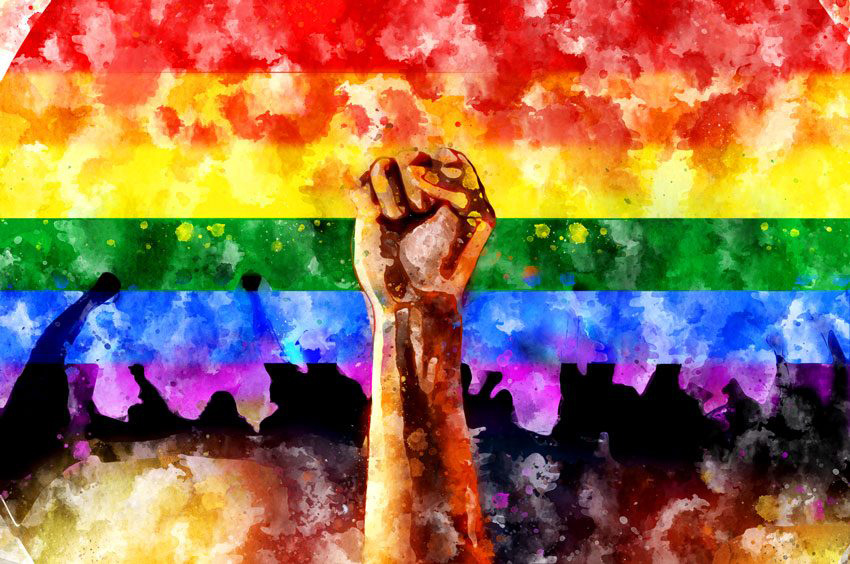
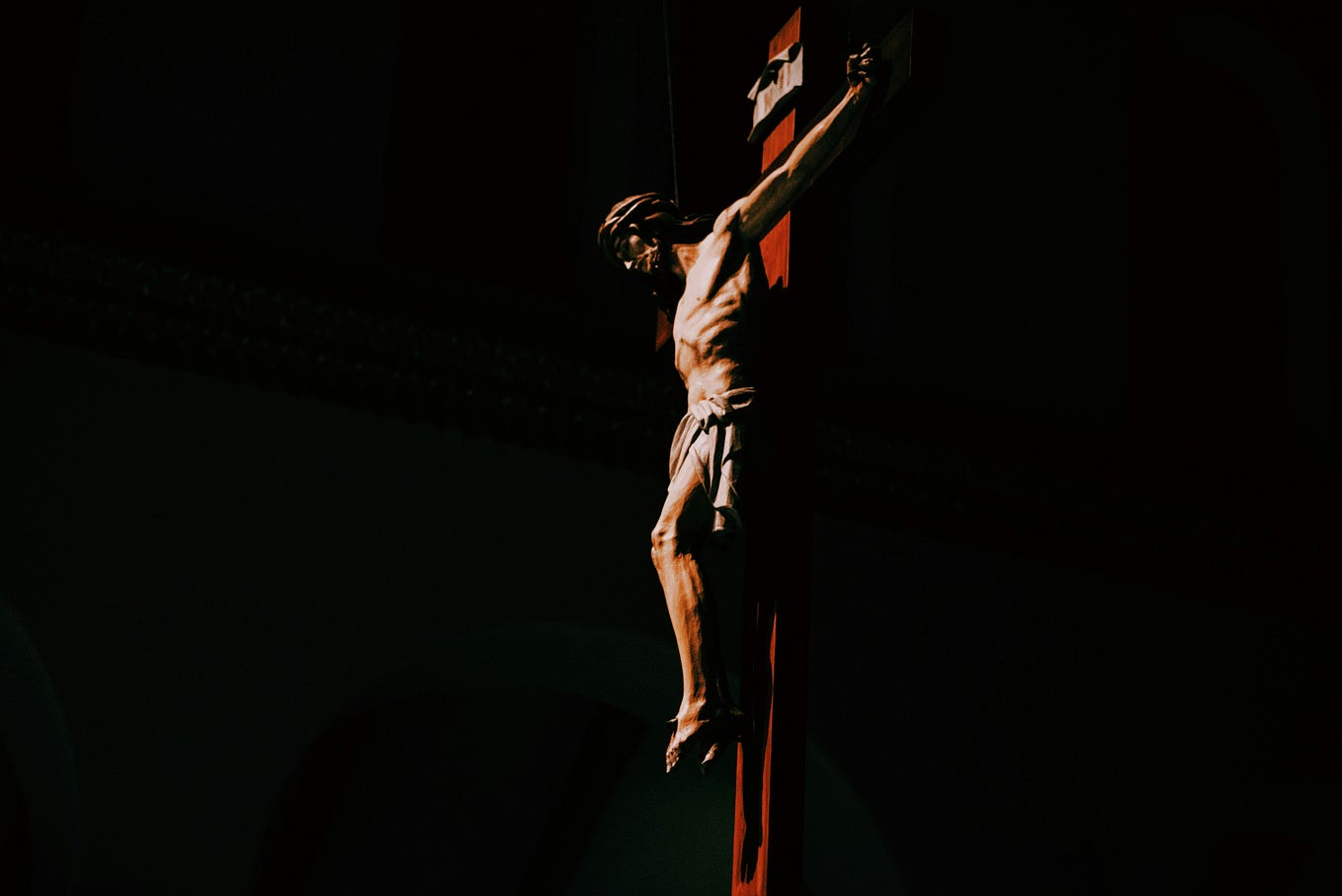
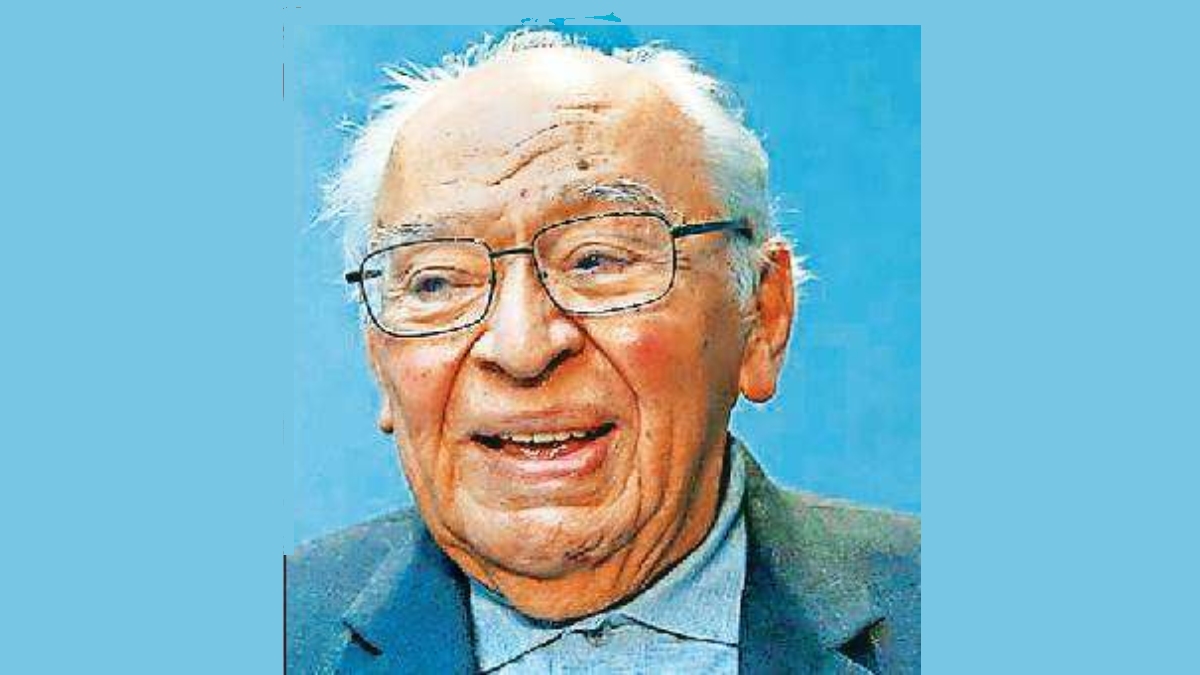
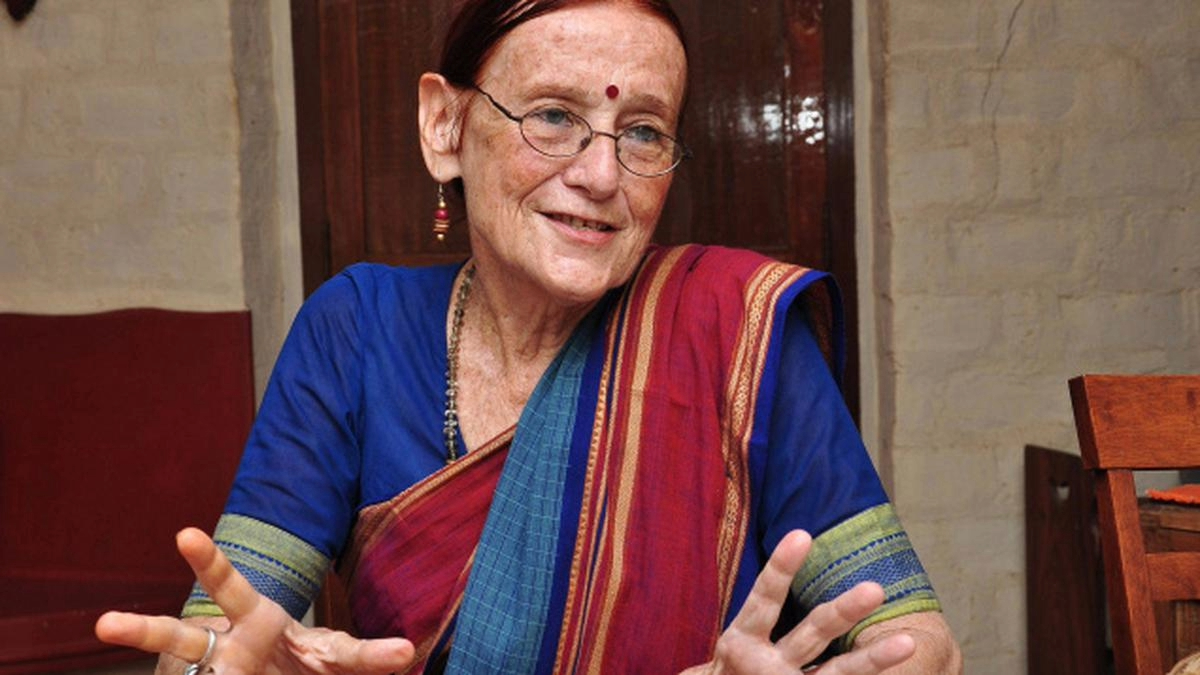
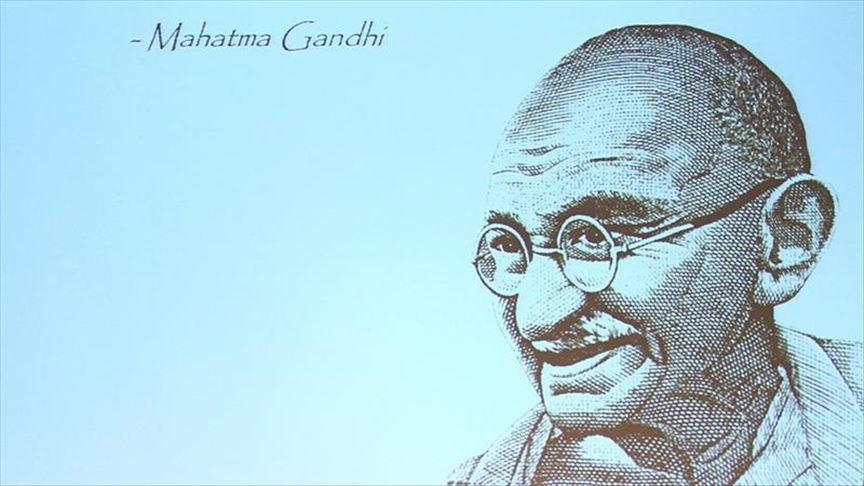
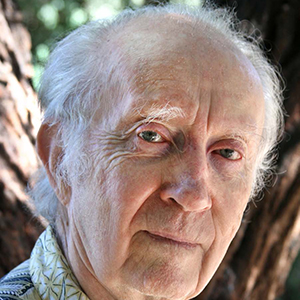
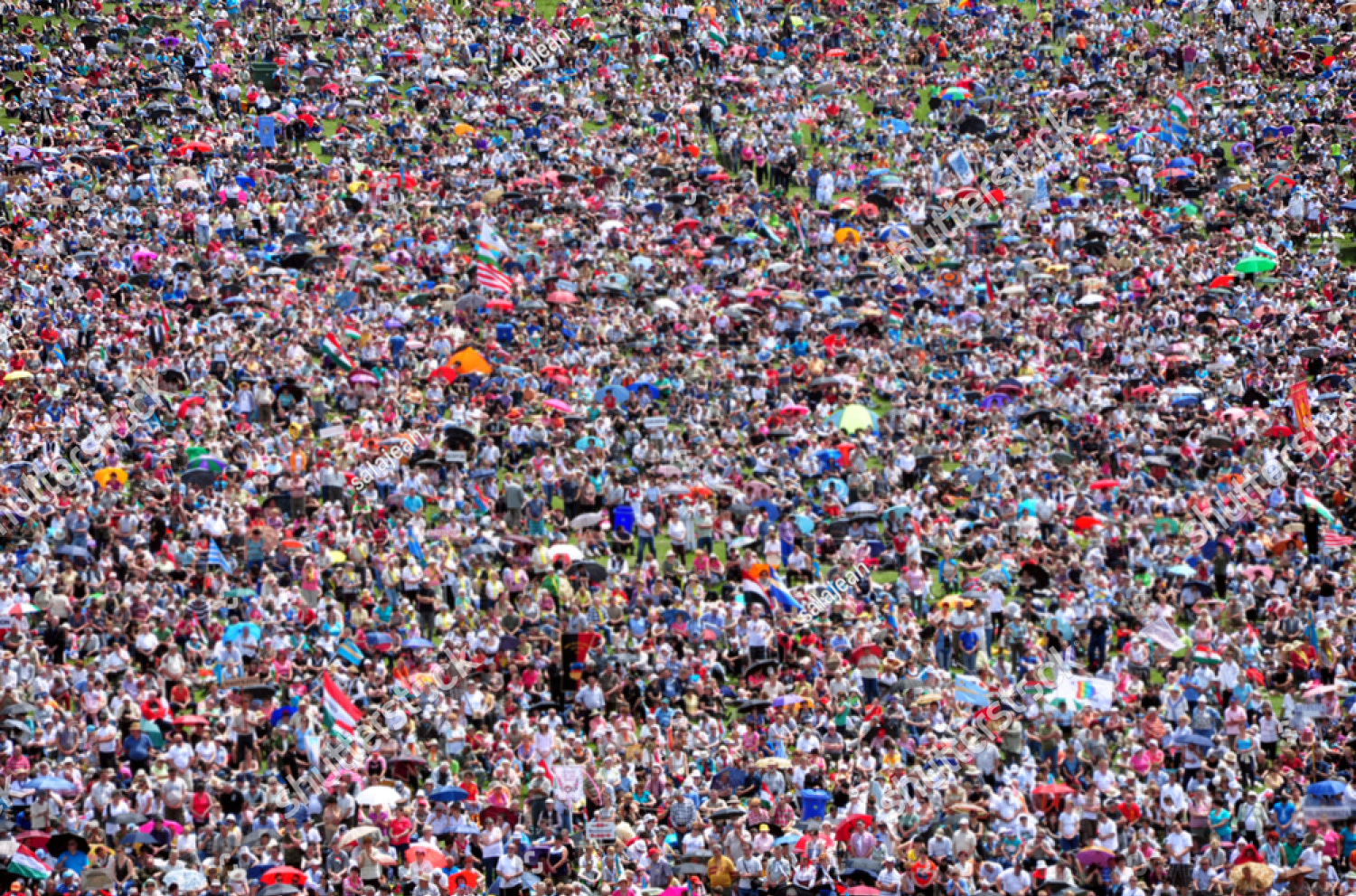
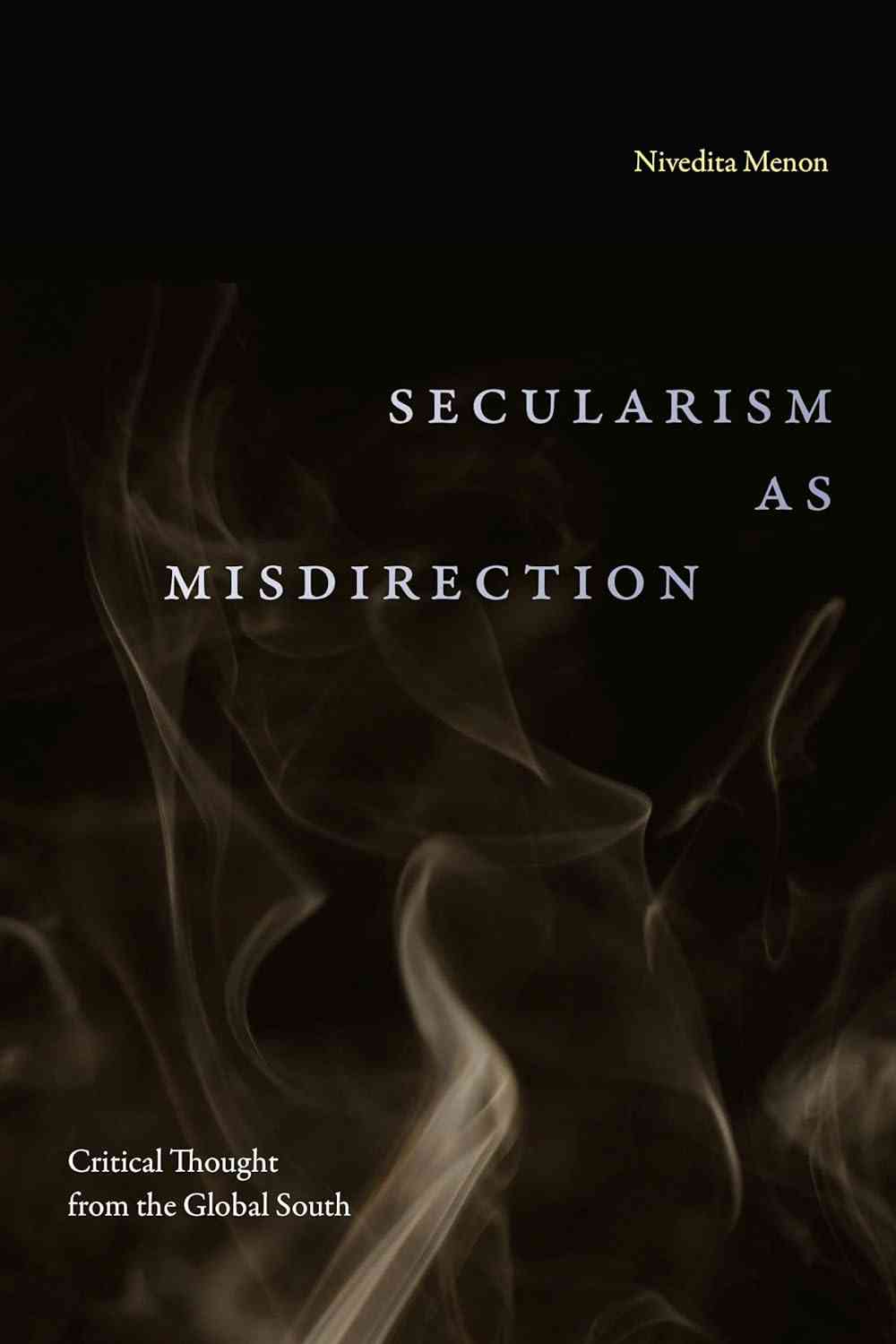
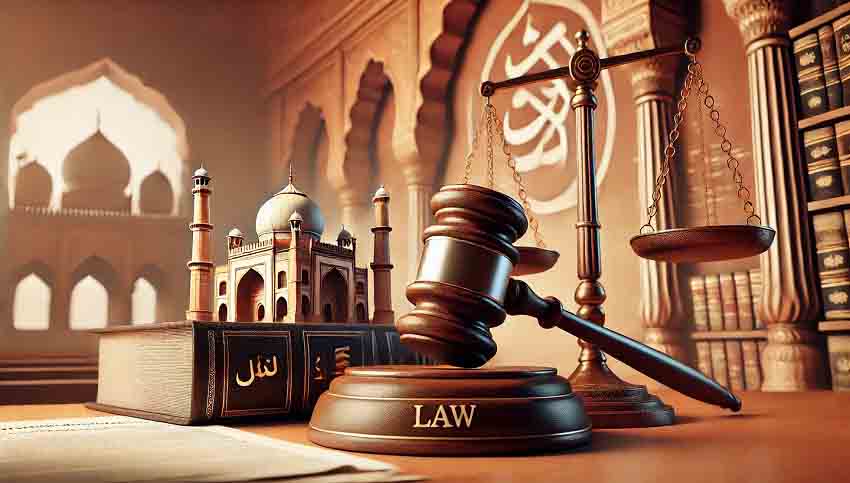
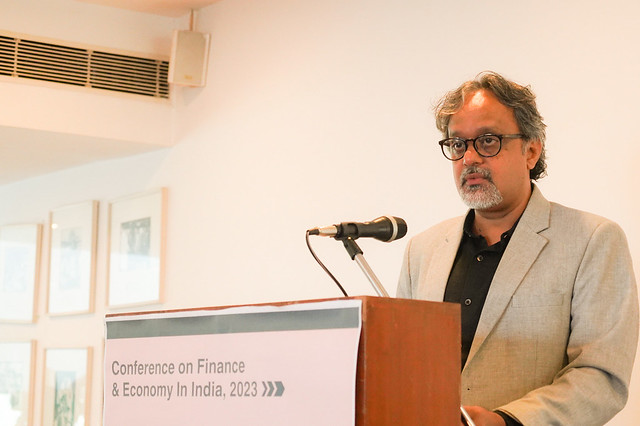


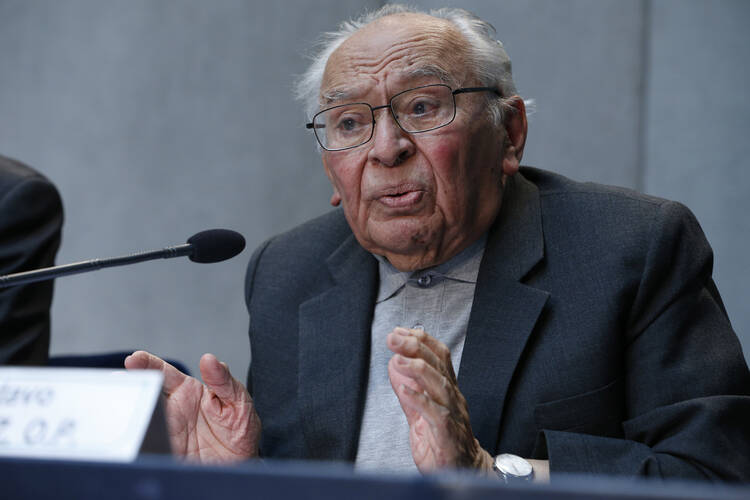
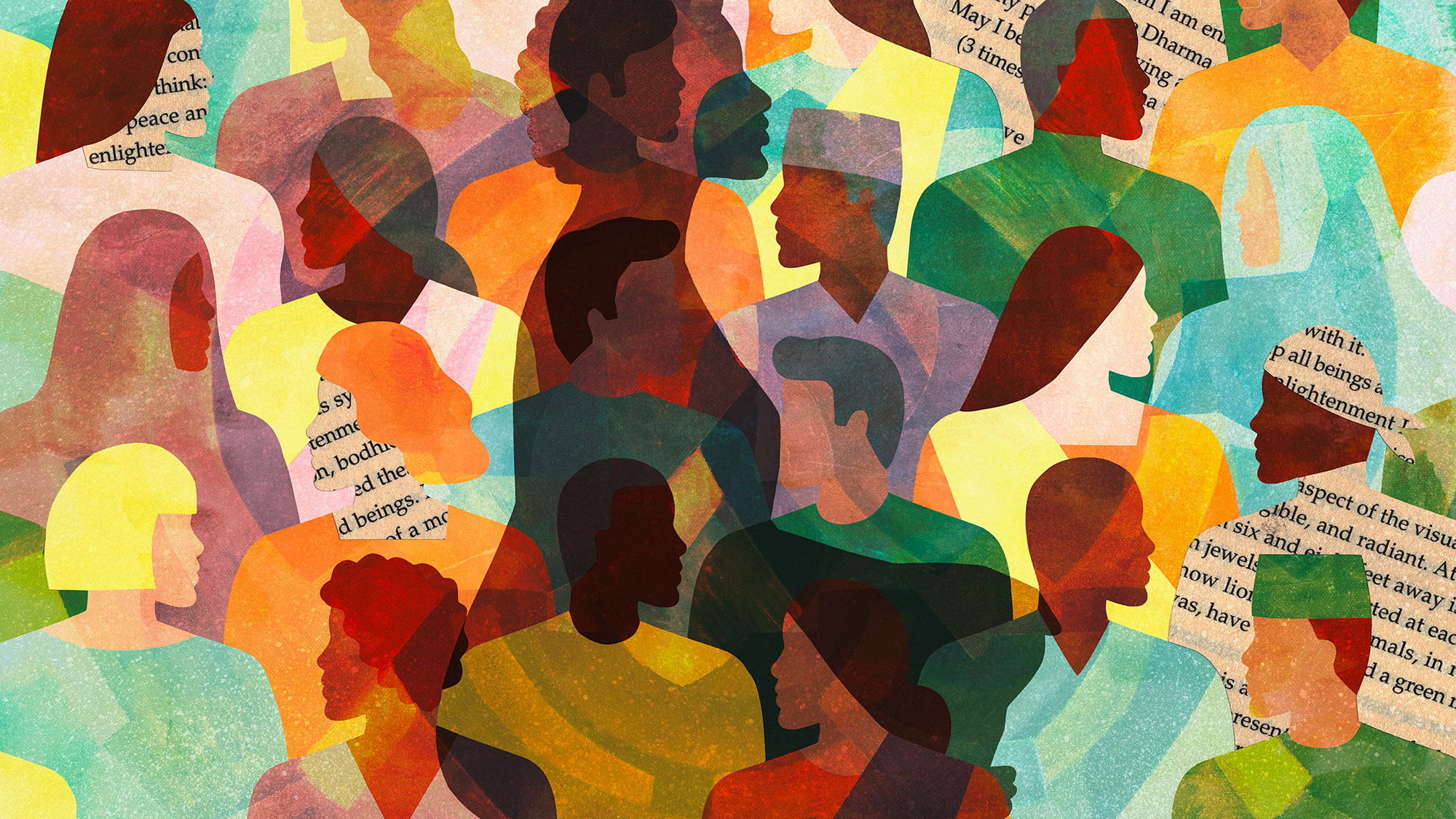
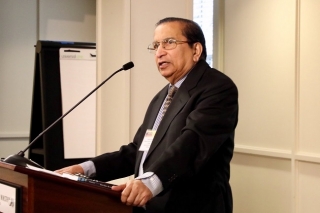
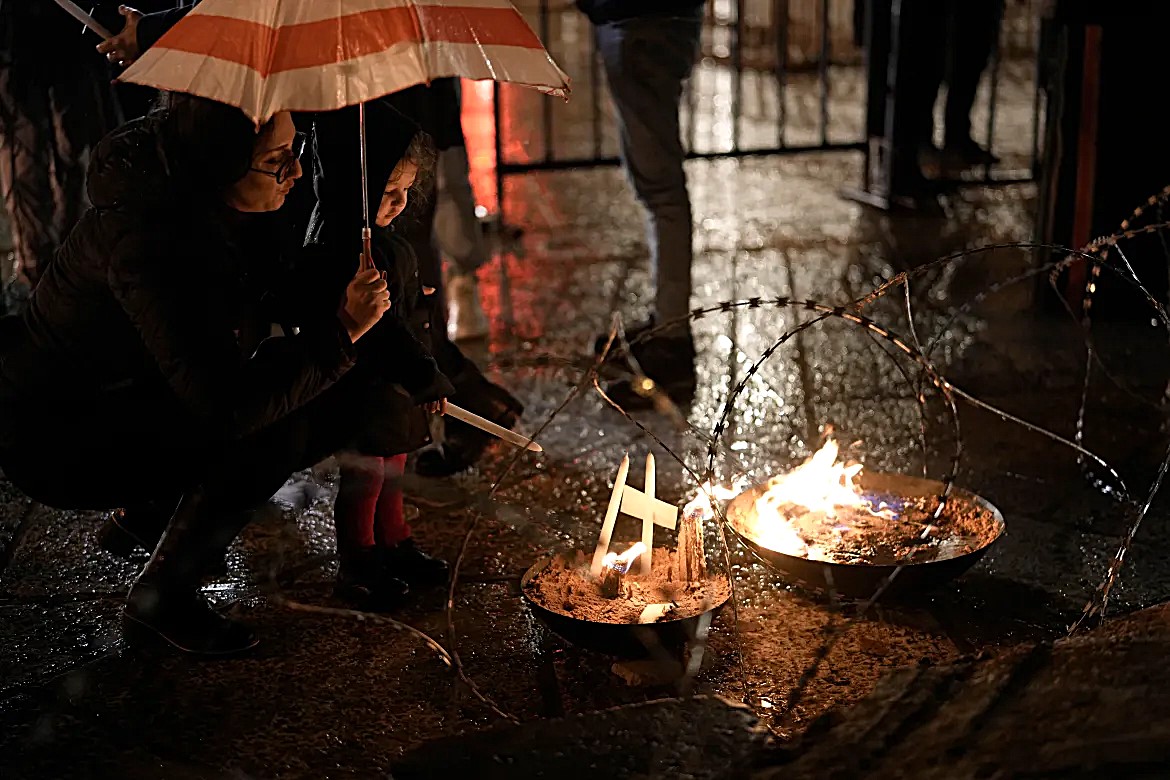
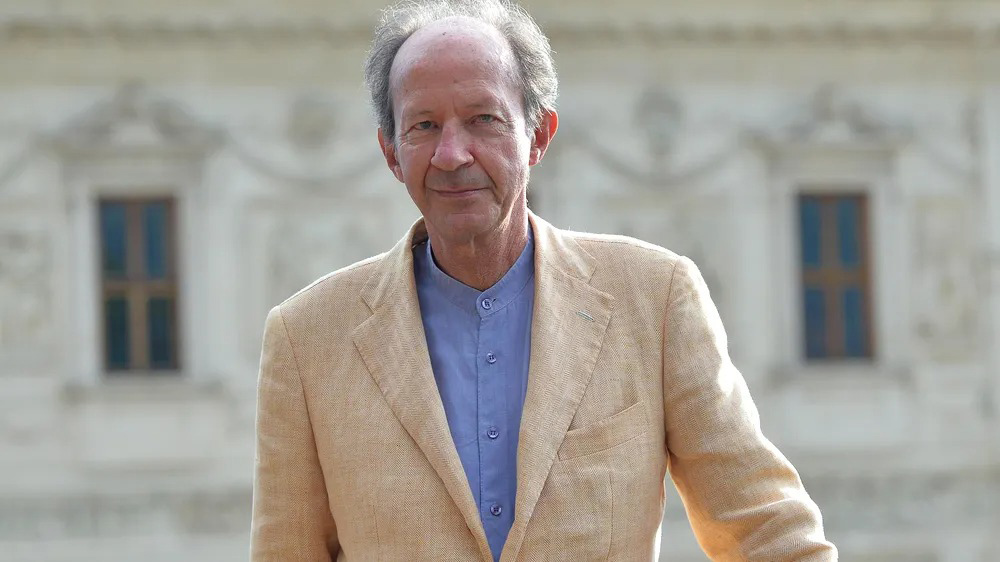
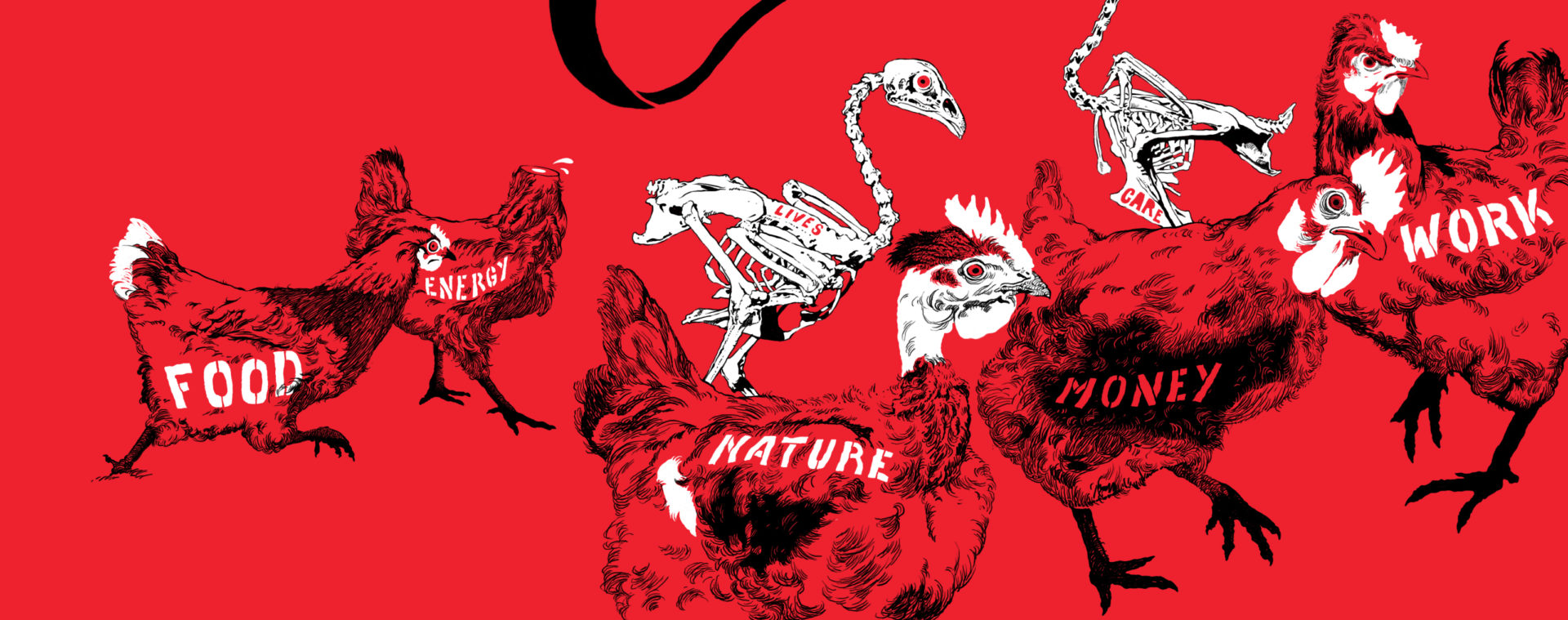
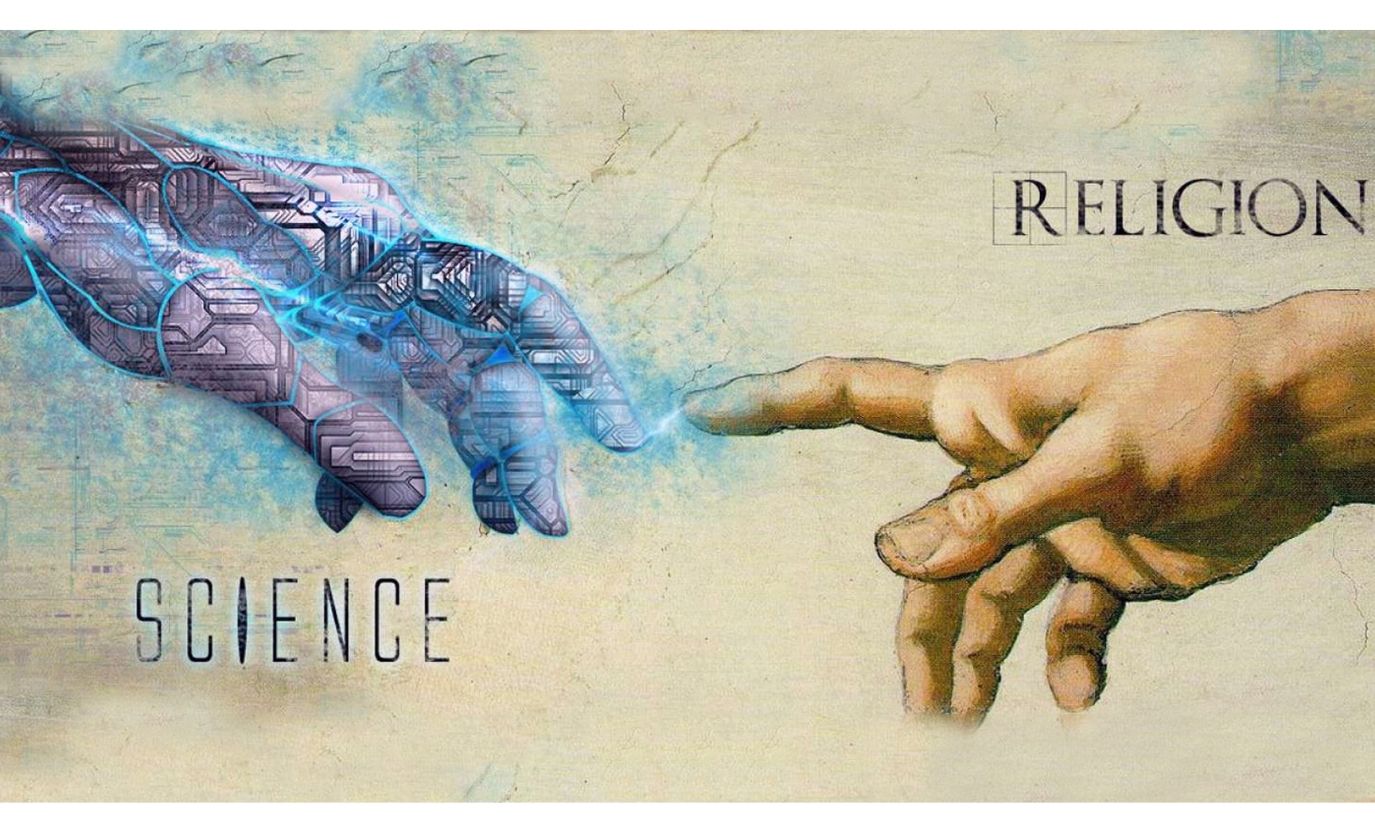
Comments
No Comments